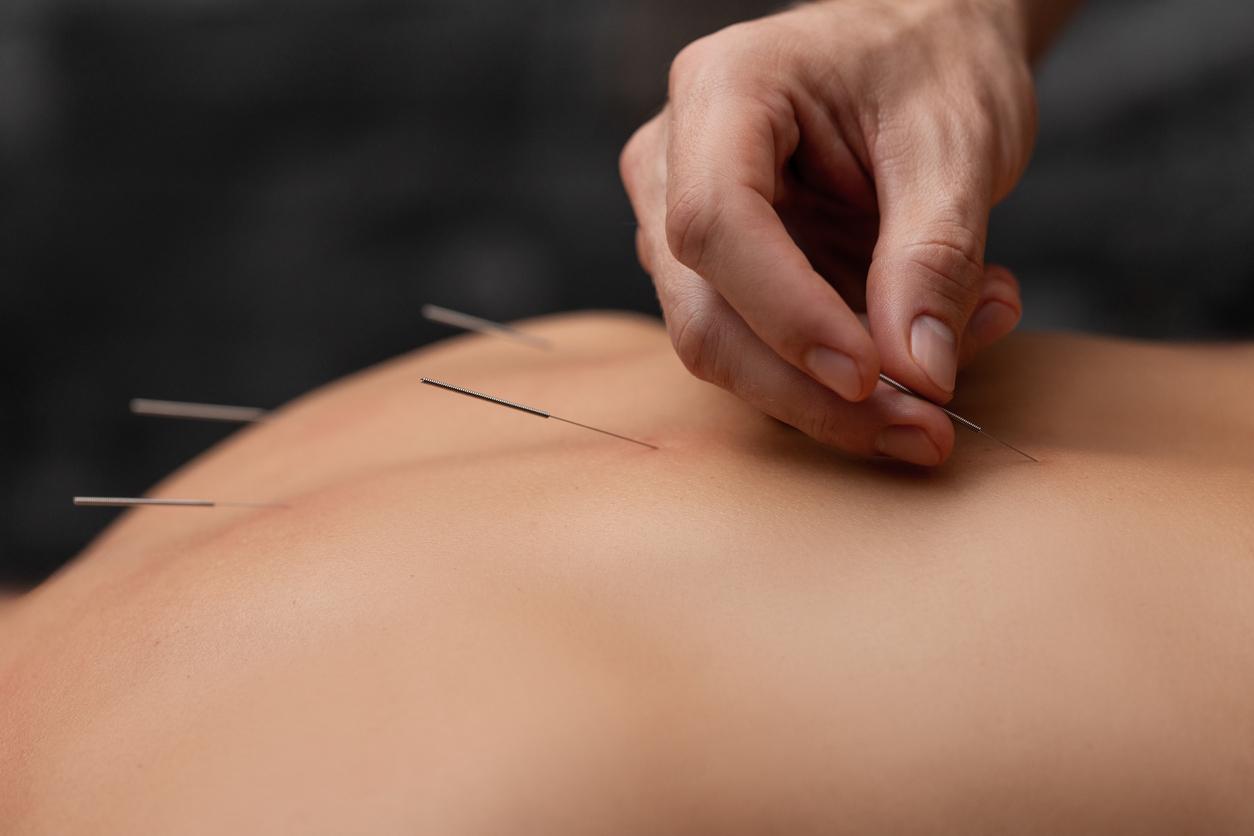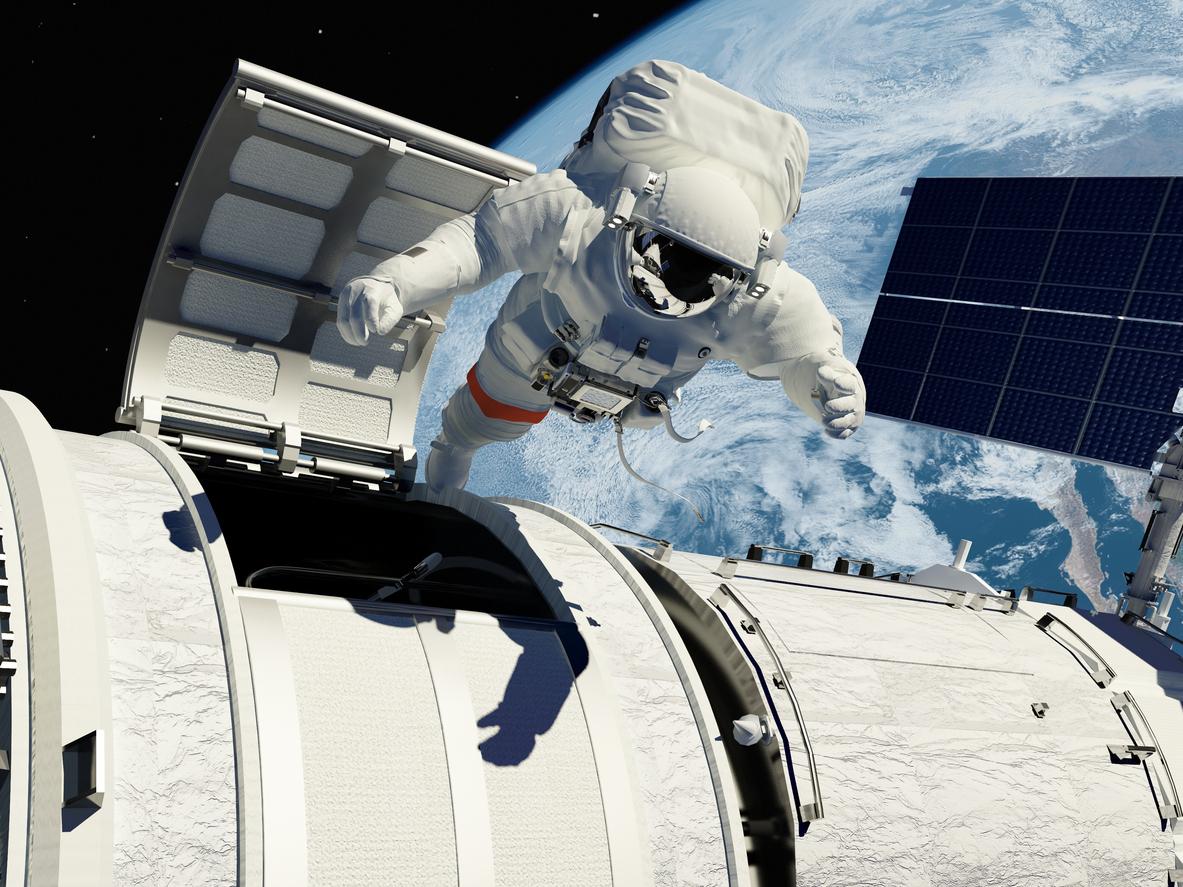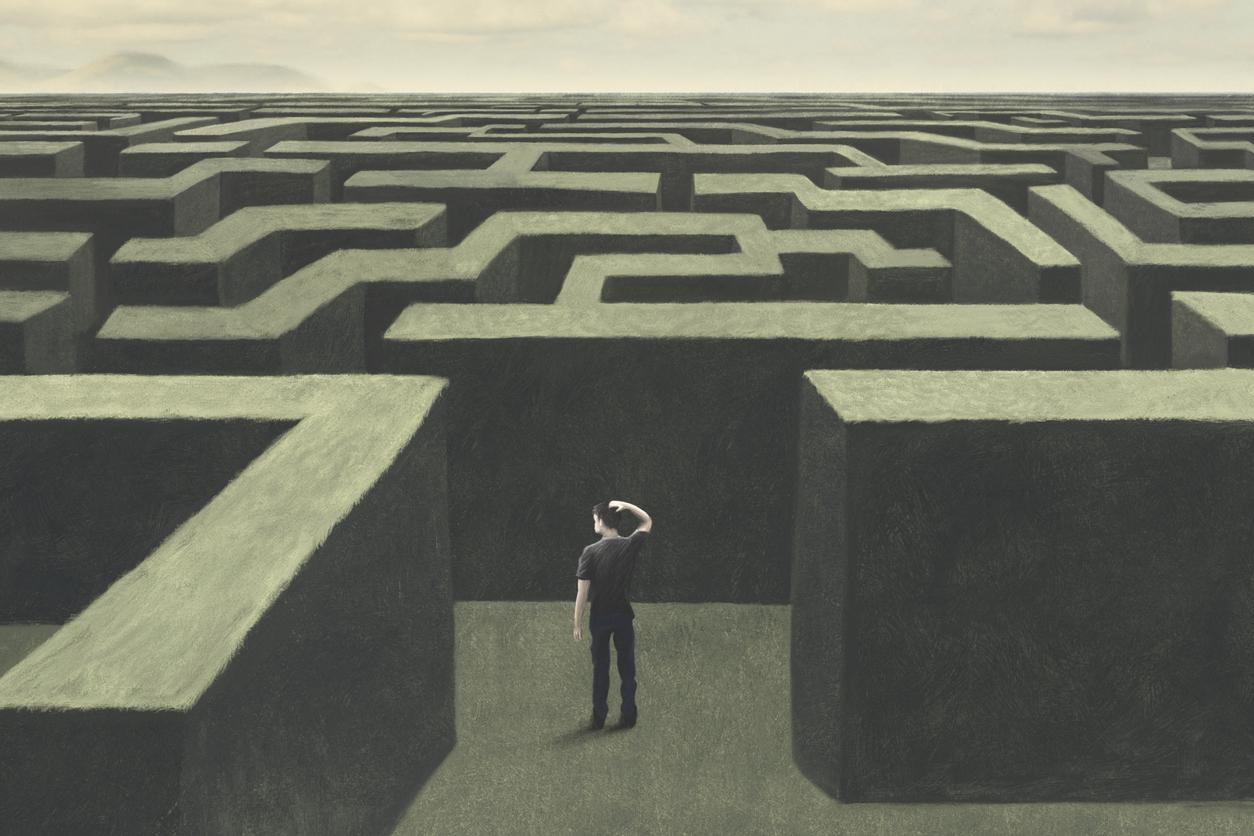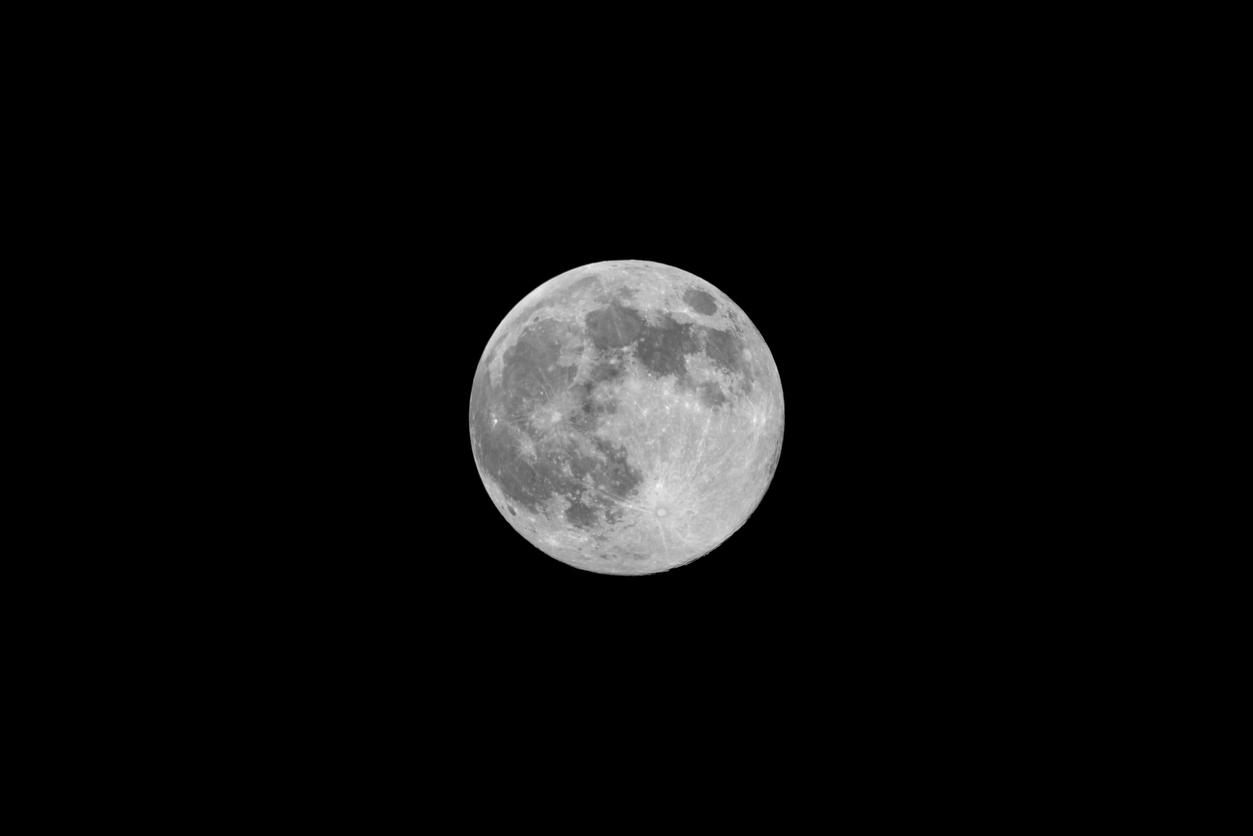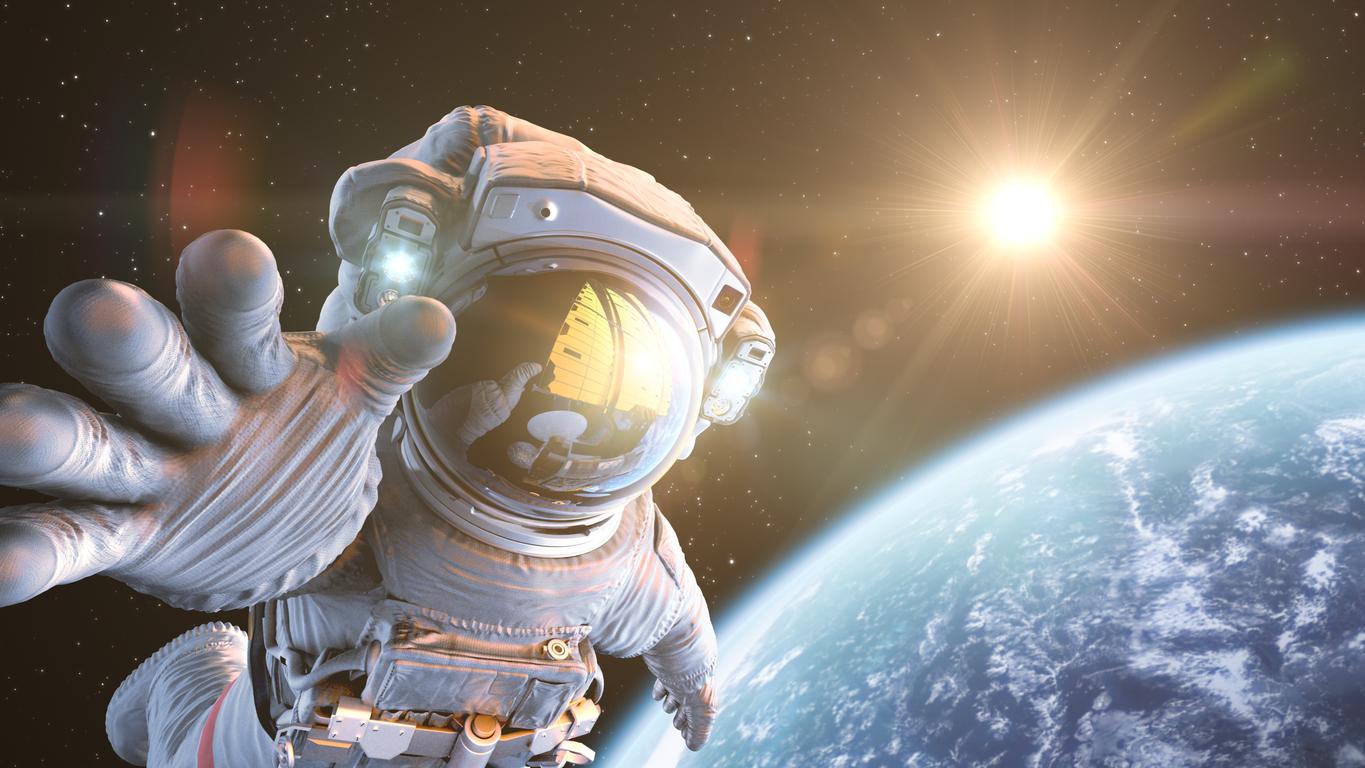As we celebrate 50 years since man’s first steps on the moon this month, neurosurgeons tell the story of Michael Collins, whose herniated disc conditioned his participation in Apollo 11.
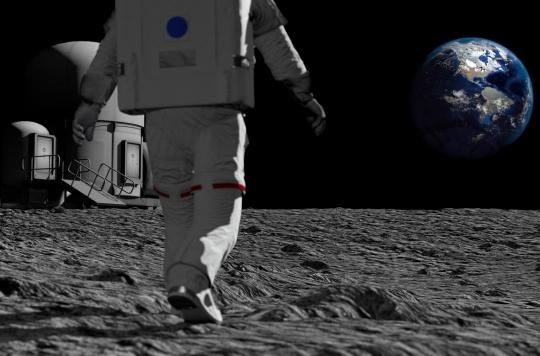
On July 20, 1969, Neil Armstrong walked on the Moon, becoming the first man to set foot on the nocturnal star. When we just celebrated 50 years of Apollo 11, neurosurgeons return to the story of astronaut Michael Collins, whose herniated disc conditioned his participation in the legendary mission. The story was told in the Journal of neurosurgery.
Michael Collins was born on October 31, 1930 in Rome. The son of a career US Army officer, he joined the United States Military Academy. Then, in 1960, he joined the US Air Force Test Pilot School at Edwards Base and decided to become an astronaut. Six years later, he made his first spaceflight aboard Gemini 10 responsible for performing two dockings with the Agena rocket for an orbital rendezvous for future lunar missions. For 1h28, the crew performs two extra-vehicular outings in spacesuits in the vacuum of space. Collins becomes the first astronaut to perform two spacewalks on a single mission.
He was then assigned to the Apollo 8 mission to pilot the command module. Unfortunately, during this period, his legs cease to function normally. Fearing for his career, the astronaut decides to ignore these symptoms. But these get worse quickly. Collins finds it increasingly difficult to go up and down the stairs and suffers from loss of balance. His legs go numb and tingle.
In August 1968, Collins underwent an anterior cervical fusion
In 1962, he finally went to see a specialist. An X-ray of his neck reveals an abnormal bony growth on the back of the 5th and 6th cervical vertebrae. He needs to have surgery as soon as possible. A neurosurgeon offered to remove a fragment from the posterior part of a vertebra to relieve the canal through which the spinal cord passes. The goal is to limit the progression of neurological symptoms. But this intervention would have left his neck vulnerable to the stresses experienced by test pilots.
Refusing to lose one of its best astronauts, NASA insisted that Collins see a military surgeon. He also undergoes a myelography, an X-ray examination which studies the spinal cord and the emergence of nerve roots originating at the cervical level. This x-ray confirms damage to an intervertebral disc. A bony growth compresses the spinal cord. In August 1968, Collins finally underwent an anterior cervical fusion. Thanks to this intervention which joins together two vertebrae in the neck with a bone graft from bone tissue taken from the pelvis, the astronaut should be able to fly again one day.
A week after the operation, Collins was discharged from the hospital and began an intensive program of physiotherapy. His future as an astronaut depending on the state of his cervical spine, he wears his cervical collar around the clock for three months. In November 1968, he was finally allowed to remove his collar and fly again in NASA training planes.
Removed from Apollo 8, Collins finds his place as command module pilot for Apollo 11
Because of these four months of immobilization, he cannot participate in the Apollo 8 mission, the first manned flight of the Saturn V rocket launched in December 68. His role as pilot of the command module is supported by is James Lovell, a member of the reserve crew.
As backup crew members become core crew members on subsequent missions, the Apollo 8 backup crew makes up the Apollo 11 crew. Apollo 8 Backup Crew Members , Neil Armstrong and Buzz Aldrin find themselves respectively commander of the mission and pilot of the lunar module. Michael Collins finds his place as pilot of Columbia, the command module.
Thus, by preventing him from flying on board Apollo 8, his health problem allowed him to be designated as a member of the crew of the mission during which man set foot on the Moon to the first time in history
Between 53 and 68% of American astronauts suffered from back pain while on mission
Due to the rotation caused by Collins’ herniated disc, James Lowell was appointed commander of the less successful Apollo 13. Indeed, following an explosion in an oxygen tank of the service module, the astronauts were unable to land on the Moon and had to content themselves with flying over it before returning to Earth in disaster.
According to a study published in 2010, Michael Collins is not the only one in his profession to have suffered from a herniated disc. Indeed, between 53 and 68% of American astronauts reported back pain during a space mission. This is probably explained because weightlessness induces an elongation of the spine which causes a loss of curvature of the back. Most astronauts with spinal problems have a herniated disc in the cervical region: part of an intervertebral disc comes out and compresses a nerve root or the spinal cord.
In France, herniated disc is a very common pathology. Among 30-55 year olds, 95% of sciatica is related to this affliction. Every year 30,000 cases are operated on and 120,000 medically treated.

.









